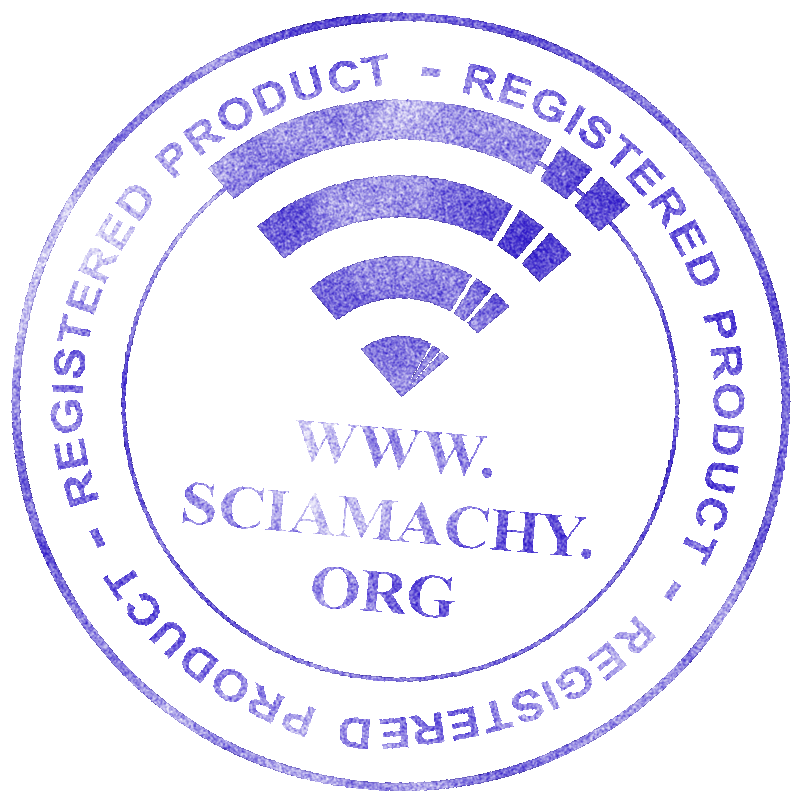
|
SCIAMACHY surface LER database |
||||||||||||||||||||
Tropospheric
|
|||||||||||||||||||||
|
|
|
NO2
- global CH2O - global |
|
|
|
UV
- UV index - UV dose |
|
|
|
Ozone
- total column - global field - ozone hole - ozone profiles |
|
|
|
Aerosol
- ADRE - aerosol index Clouds - cloud info Surface - solar irradiance |
|
|
|
Volcanic plume
- SO2 & AAI |
|
|
|
Albedo
- climatologies Fluorescence - sun-induced |
16 December 2025
The SCIAMACHY surface LER database contains the Lambertian-equivalent
reflectivity (LER) of the Earth's surface at 34 one-nm wide wavelength
bins between 328 and 2314 nm. The LER albedo values were derived from
SCIAMACHY data using the Doubling-Adding KNMI (DAK) polarised radiative
transfer code. The model consists of an atmosphere for which Rayleigh
scattering and ozone absorption are taken into account, and which is
bounded below by a Lambertian surface. The surface LER is available for
each month of the year and for the following wavelengths: 328, 335, 340,
354, 367, 380, 388, 425, 440, 463, 494, 510, 526, 546, 555, 564, 614,
640, 670, 685, 697, 712, 758, 772, 862, 875, 1030, 1053, 1245, 1557,
1593, 1630, 1670, and 2314 nm.
Some examples of
the database:


|
| Examples of the SCIAMACHY surface LER: dependence on the month of the year (left) and dependence on the wavelength (right). |
Archive:
The database is available as a single NetCDF-4 file:

SCIAMACHY_Envisat_MSC_050x050_surface_LER_v2.6.nc (856 MB)
Previous versions of the databases can be downloaded here.
The intrinsic resolution of the databases is 1°×1°, but
increased to 0.5°×0.5° near coastlines and for specific
regions such as snow covered mountain ranges and the Sahara desert. The
spatial resolution of the database grid therefore is
0.5°×0.5° and as of version 2.5 a bilinear interpolation
scheme smoothens the low-resolution regions to this
0.5°×0.5° resolution. The format and the contents of the
database file are both explained here. Please note that this document
was essentially written for the GOME-2 surface LER
database. This should not be a problem as the file format is very
similar. The current version of the database is 2.6. The version of the
SCIAMACHY level-1 data that were used is 7.04-W.
Developments / Improvements:
In version 2.1 the concept of dynamical gridding was introduced,
resulting in an increased spatial resolution near coastlines and for
other specific regions. In version 2.3 new wavelength bands at 328, 685,
697, 712, and 2314 nm were added. The new wavelength bands at 685, 697,
and 712 nm, together with the already existing wavelength band at 670
nm, are meant to support the retrieval of cloud and/or aerosol
information from the oxygen B-band. To achieve an optimal retrieval of
the surface LER for the wavelength bands at 697, 712, and 1670 nm we
included water vapour absorption in the radiative transfer calculations.
Since version 2.5 a bilinear interpolation scheme smoothens the
low-resolution regions to the high-resolution database grid which makes
it easier for users to handle the data. Also, the error calculation has
been improved and now the product contains systematic and statistical
uncertainty estimates. Since version 2.6 the file format used is
NetCDF-4.
Data use /
License / Citation:
The SCIAMACHY surface LER database is free to use for commercial and
non-commercial purposes. If you use the database for a publication
(research or otherwise), or for any other purpose, please refer to the
following publication:
L.G. Tilstra, O.N.E. Tuinder, P. Wang, and P. Stammes, Surface
reflectivity climatologies from UV to NIR determined from Earth
observations by GOME-2 and SCIAMACHY, J. Geophys. Res. Atmos. 122,
4084-4111,
doi:10.1002/2016JD025940, 2017. (PDF)
We suggest that you include the following acknowledgement: "We
acknowledge the free use of the SCIAMACHY surface LER database provided
by the Royal Netherlands Meteorological Institute (KNMI)."
Documentation:
- Algorithm Theoretical Basis Document (v4.3, written for the GOME-2 surface LER product)
- Product User Manual (v4.2, written for the GOME-2 surface LER product)
- L.G. Tilstra, O.N.E. Tuinder, P. Wang, and P. Stammes, Surface reflectivity climatologies from UV to NIR determined from Earth observations by GOME-2 and SCIAMACHY, J. Geophys. Res. Atmos. 122, 4084-4111, doi:10.1002/2016JD025940, 2017. (PDF)
- Presentation: Introduction of the GOME-2 and SCIAMACHY surface LER databases (PDF)
- Presentation: Improvements and developments for the GOME-2 and SCIAMACHY surface LER databases (PDF)